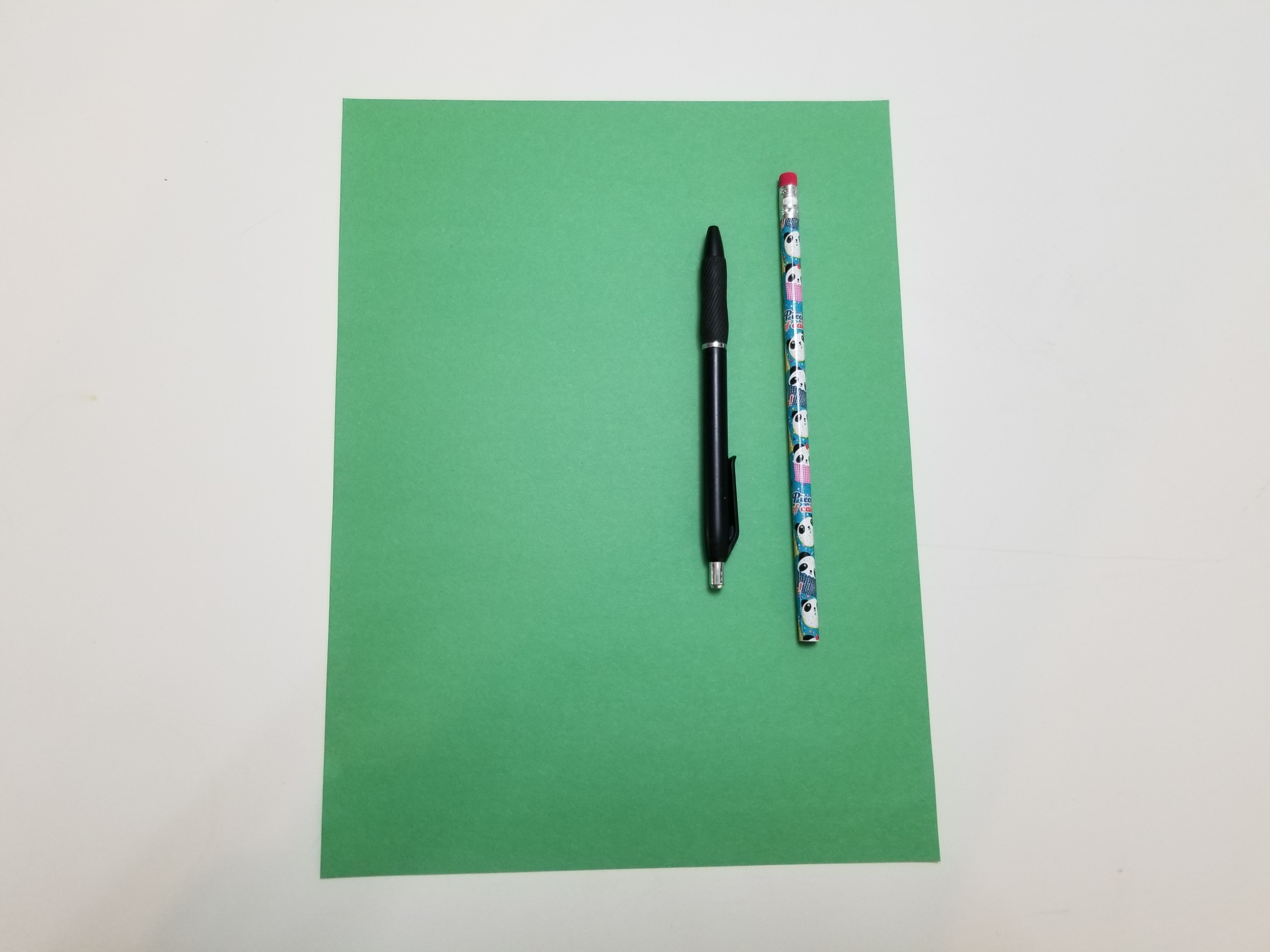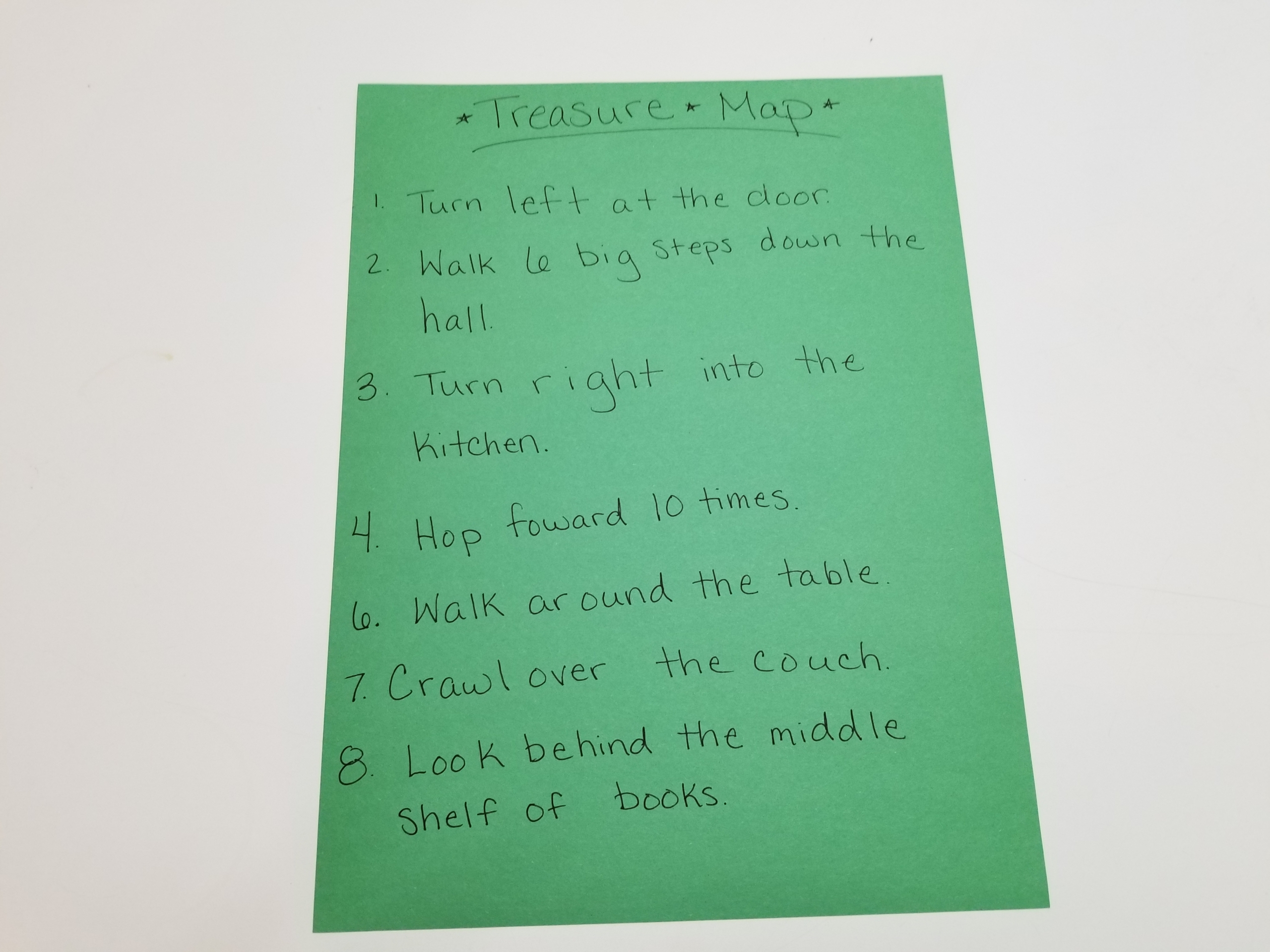By Chrysta Naron
Arrr, me mateys! It’s the 19th o’ September, which means we be celebrating “Talk Like a Pirate Day!” For this silly and seaworthy occasion, we’re taking the opportunity to create a pirate treasure map reading activity and story time. And, along the way, we’ll be working on literacy and an important life skill: the ability to follow written directions.
With that goal in mind, the treasure map we’ll be creating today isn’t any ordinary one. Instead of pictures, dotted lines, and a giant X, you’ll be writing out the clues in sentences to help your small swashbuckler sail the seven seas. That way, your little pirate will have to read their way to the loot!

Materials:
- Small prize of your choosing
- Paper
- Pen or pencil
- Pirate books (e.g., Treasure Map by Stuart J. Murphy, Jack and the Flumflum Tree by Julia Donaldson, Pirate Princess by Sudipta Bardhan-Quallen)
Cost: Free, if you have these materials at home!
Start with Story Time: Set the mood by reading one of these great pirate books together: Treasure Map by Stuart J. Murphy, Jack and the Flumflum Tree by Julia Donaldson, Pirate Princess by Sudipta Bardhan-Quallen, or another pirate-themed book of your choosing. I highly recommend Treasure Map, a very cute book that builds important literacy skills. A group of kids go on a treasure hunt similar to the one you’re going to set up, so it’s a great preface for the activity to come.

Step 1: Find a spot around your home to hide a small prize. As a chocoholic, I usually opt for a Hershey’s kiss as a prize, but you should choose something that you and your child find enticing. It could be a fun pencil or a temporary tattoo.
Step 2: Decide where the starting point of your treasure hunt will be. The front door is usually a good place to start.
Step 3: On a sheet of paper, write directions that lead your child to the “buried” treasure. Each individual instruction should be on its own line. Create directions that lead children in a fun expedition across the house, even if it means they walk by the treasure (unbeknownst to them) once or twice. Fun directions could include: “Hop 10 steps to the left.” and “Turn right at the couch.”

Step 4: Have your child read each direction out loud to you. Follow the directions together throughout the house, until you reach your goal.
Step 5: “Dig up” the hard-earned treasure and enjoy!
Step 6 (optional): If you’re ready to keep the fun (and literacy practice) going a little bit longer, you can invite your child to hide a prize and write treasure map directions for you to follow, too!
Now you’ve got the hang of being a pirate! So put on your best peg leg and your favorite eye patch, and keep a weather eye out for other ways to work literacy practice into your child’s life. Read up, me hearties!
What other ways do you work reading practice and literacy skills into your child’s everyday life? Let us know in the comments below, or connect with us on social media and share!


